Game of Ur Mesopotamian Edition "M"
Drawing inspiration from the ancient civilisation of Mesopotamia, this board is made from solid oak and walnut. The safe square, which also allows an extra roll of the dice, is marked with the Star of Ishtar. The eight pointed star represents the planet Venus and is often linked to various aspects of fertility, love and war.
Throughout history, the Star of Ishtar has held diverse meanings, symbolising both the goddess’s divine attributes and broader concepts such as balance, cosmic order, and duality of life. Its enduring presence in art and artefacts reflects its deep rooted importance in Mesopotamian civilisation and its continued fascination in modern times.
This board is complimented with fourteen Cedar of Lebanon pieces, seven embellished with red, seven with green. Complete with three cream tetrahedral dice.
The medium sized Game of Ur series measures just 32 x 12 x 2.5 cm.
It comes in a neat little bag, with certificate and rules of play.
As wood is a natural material and the boards are made by hand, there will be natural variations to the sets photographed.
The Game of Ur is an ancient board game that originated in Mesopotamia around 2600-2400 BCE. It's a two-player strategy game played on a distinctive board consisting of a grid of twenty squares. Each player has a set of seven pieces. These pieces are moved along the board based on the roll of four-sided tetrahedral dice.
The objective is to move all your pieces along a specific path on the board, making a full loop, and then reaching the end to bear them off. The game involves elements of luck with dice rolls but also requires strategic decisions as players aim to block each other, capture opponent pieces, and navigate the board efficiently.
The rules have been deciphered from ancient cuneiform tablets, allowing modern enthusiasts to play and enjoy this historic game. Its simplicity and blend of luck and strategy make it a fascinating and engaging ancient pastime.
Drawing inspiration from the ancient civilisation of Mesopotamia, this board is made from solid oak and walnut. The safe square, which also allows an extra roll of the dice, is marked with the Star of Ishtar. The eight pointed star represents the planet Venus and is often linked to various aspects of fertility, love and war.
Throughout history, the Star of Ishtar has held diverse meanings, symbolising both the goddess’s divine attributes and broader concepts such as balance, cosmic order, and duality of life. Its enduring presence in art and artefacts reflects its deep rooted importance in Mesopotamian civilisation and its continued fascination in modern times.
This board is complimented with fourteen Cedar of Lebanon pieces, seven embellished with red, seven with green. Complete with three cream tetrahedral dice.
The medium sized Game of Ur series measures just 32 x 12 x 2.5 cm.
It comes in a neat little bag, with certificate and rules of play.
As wood is a natural material and the boards are made by hand, there will be natural variations to the sets photographed.
The Game of Ur is an ancient board game that originated in Mesopotamia around 2600-2400 BCE. It's a two-player strategy game played on a distinctive board consisting of a grid of twenty squares. Each player has a set of seven pieces. These pieces are moved along the board based on the roll of four-sided tetrahedral dice.
The objective is to move all your pieces along a specific path on the board, making a full loop, and then reaching the end to bear them off. The game involves elements of luck with dice rolls but also requires strategic decisions as players aim to block each other, capture opponent pieces, and navigate the board efficiently.
The rules have been deciphered from ancient cuneiform tablets, allowing modern enthusiasts to play and enjoy this historic game. Its simplicity and blend of luck and strategy make it a fascinating and engaging ancient pastime.
Drawing inspiration from the ancient civilisation of Mesopotamia, this board is made from solid oak and walnut. The safe square, which also allows an extra roll of the dice, is marked with the Star of Ishtar. The eight pointed star represents the planet Venus and is often linked to various aspects of fertility, love and war.
Throughout history, the Star of Ishtar has held diverse meanings, symbolising both the goddess’s divine attributes and broader concepts such as balance, cosmic order, and duality of life. Its enduring presence in art and artefacts reflects its deep rooted importance in Mesopotamian civilisation and its continued fascination in modern times.
This board is complimented with fourteen Cedar of Lebanon pieces, seven embellished with red, seven with green. Complete with three cream tetrahedral dice.
The medium sized Game of Ur series measures just 32 x 12 x 2.5 cm.
It comes in a neat little bag, with certificate and rules of play.
As wood is a natural material and the boards are made by hand, there will be natural variations to the sets photographed.
The Game of Ur is an ancient board game that originated in Mesopotamia around 2600-2400 BCE. It's a two-player strategy game played on a distinctive board consisting of a grid of twenty squares. Each player has a set of seven pieces. These pieces are moved along the board based on the roll of four-sided tetrahedral dice.
The objective is to move all your pieces along a specific path on the board, making a full loop, and then reaching the end to bear them off. The game involves elements of luck with dice rolls but also requires strategic decisions as players aim to block each other, capture opponent pieces, and navigate the board efficiently.
The rules have been deciphered from ancient cuneiform tablets, allowing modern enthusiasts to play and enjoy this historic game. Its simplicity and blend of luck and strategy make it a fascinating and engaging ancient pastime.








